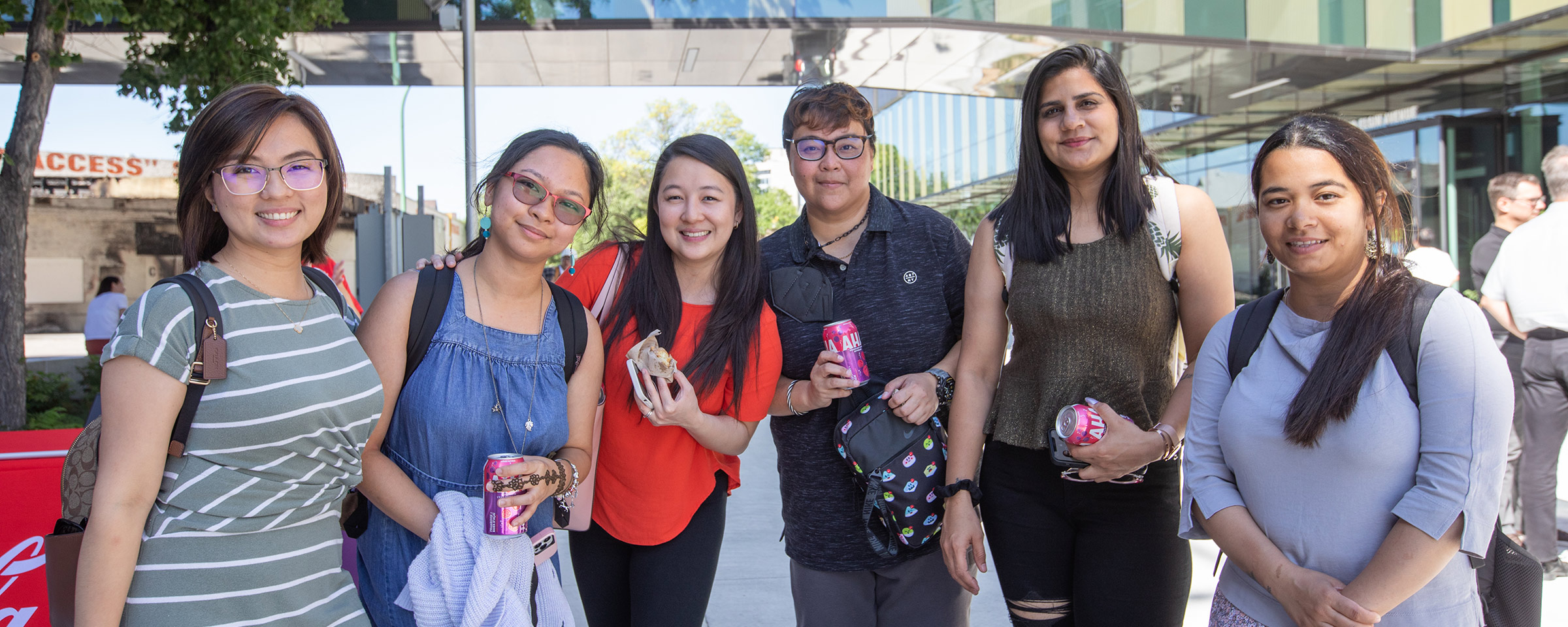Making Cross-Cultural Connections: A Guide to Building Understanding and Collaboration in the Workplace
Canada’s workforce is diverse, bringing together people from many backgrounds. This creates great opportunities to work and learn from each other. For newcomers, building connections across cultures is important for success at work. It helps you understand others and feel more at home.

To explore these challenges, let’s look at the experiences of Bradley West. He is the Manager of Equity, Diversity, and Inclusion for the City of Winnipeg. Bradley moved to Canada from Australia 31 years ago. Adjusting from Australia’s direct communication style and warm climate to Winnipeg’s different workplace dynamics and cold winters was not easy.
“I assumed Canada would be similar to other Commonwealth countries I’d worked in,” Bradley reflects. “But the differences, though subtle, were significant enough to cause misunderstandings early on. I didn’t expect things like indirect communication, potluck lunches, or even the way conflict is managed to throw me off—but they did.”
Here’s a guide to help newcomers and established professionals alike build meaningful relationships in cross-cultural settings.
Embrace Open Communication
Open communication is key to building trust and understanding across cultures. Clear and direct communication is valued in Canadian workplaces, yet it’s often paired with politeness and sensitivity. When expressing opinions or offering feedback, it’s common to use gentle language that shows respect for others’ perspectives.
Use phrases like “In my opinion…” or “I believe…” to share your thoughts without sounding too assertive. When receiving feedback, ask clarifying questions to ensure you understand the message fully.
Advice from Bradley: “In Australia, communication was direct—my boss would say, ‘Do X, Y, and Z.’ Here, it was, ‘If you have time, you might want to look at this.’ I didn’t realize it was a polite way of giving an instruction. I ignored it, thinking it was optional, and got into trouble for not following through. It took time to understand the indirect communication style.”
Show Interest in Cultural Differences
One of the best ways to build cross-cultural connections is to take an interest in others’ backgrounds and traditions. Acknowledging and respecting cultural differences shows curiosity and openness, which can strengthen relationships. Many workplaces celebrate cultural diversity through events, workshops, and holiday observances—participating in these activities is a great way to learn and engage.
Ask open-ended questions like, “What are some traditions from your culture that you enjoy?” or “How do you celebrate holidays?” Small gestures of curiosity go a long way in building connections.
Advice from Bradley: “Manitoba’s ‘socials’ baffled me at first—fundraising for weddings by selling tickets to strangers? It seemed so odd. I didn’t understand why people would ask others to pay for their wedding through events like this. But once someone explained that these socials have roots in community support—like barn-raisings in the past—I started to see the value in them. It was about people coming together to help others celebrate an important milestone.”
Adapt to Canadian Workplace Etiquette
Understanding Canadian workplace norms can help newcomers integrate smoothly. For example, Canadian workplaces often value punctuality, collaborative decision-making, and respect for personal space. Managers may encourage employees to address them by their first names, reflecting a less rigid hierarchy.
Observe your colleagues to understand common practices, such as how they address each other, communicate in meetings, and balance formality with friendliness. Following these cues can help you adjust to the workplace environment.
Advice from Bradley: “I learned quickly that workplace norms here include unspoken rules. For example, I didn’t know that if you finished the coffee pot, you were expected to refill it. Where I came from, that was someone else’s job. I would just turn off the burner and go back to work. It wasn’t until someone explained it to me that I understood why colleagues seemed annoyed—what I saw as normal was seen as inconsiderate here.”
Practice Active Listening
Active listening is crucial for building connections and reducing misunderstandings. It involves fully focusing on the speaker, acknowledging their points, and asking questions to confirm understanding. This skill is especially important in cross-cultural settings, where language barriers or different communication styles may exist.
Use verbal and non-verbal cues to show your engagement, such as nodding, summarizing what was said, or asking follow-up questions. This approach helps show respect and build trust among team members.
Advice from Bradley: “In Australia, brainstorming meetings were lively, with everyone talking over each other. Here, I learned that interrupting or finishing someone’s sentence was seen as rude, or controlling. Adjusting to this slower, more deliberate communication style took time.”
Seek Mentorship
Finding a mentor can be one of the most effective ways to navigate cultural differences, adapt to workplace norms, and build confidence in a new professional environment. A mentor can offer guidance, explain unspoken rules, and help you understand the broader context of your workplace.
Advice from Bradley: “Finding a mentor saved me. I asked someone to help me ‘decode’ Winnipeg’s culture. They explained everything from socials to workplace communication styles. Their guidance helped me adapt and succeed. It wasn’t just about professional growth—it was about understanding how things worked here. Having someone to answer questions like, ‘Why do we do this?’ or ‘What does this mean?’ made all the difference.”
Bradley’s story highlights the value of mentorship in bridging cultural gaps. His mentor provided insight into workplace practices and helped him navigate the broader cultural expectations that shaped those practices.
Look for someone in your workplace or community who is willing to share their experiences and answer your questions. It doesn’t have to be a formal relationship; even casual conversations with someone who understands the local culture can be incredibly helpful. Don’t be afraid to reach out and ask, “Can you help me understand how things work here?” Mentorship is as much about mutual learning as it is about guidance.
